For every student, one of the common excitements of the school days remains associated with the discovery and introduction with the School Science laboratory Equipment. Between standard 5 to 8, students get the knowledge of the basic lab apparatus and get to know about their uses. All of these apparatuses are the pillars of every lab, be it in schools, colleges, research labs, or medical laboratories.
Here is the detail guide about Lab Equipment Package designed for 40 students as per school board curriculum and get school affiliation easily (CBSE/ICSE/Others).
Let us learn about the 20 common school science laboratory equipment that you will see in the school science laboratory and their uses.
1. Microscope:
A microscope is a very basic and needed equipment in the biology laboratory. A simple light microscope (compound microscope) is the one, which is mostly used in schools and colleges and it uses natural or artificial light and a series of magnifying lenses to observe a tiny specimen. Below is the schematic diagram of a compound microscope with details of its parts:
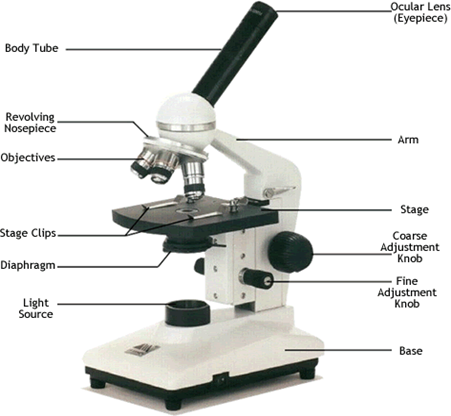
A microscope operates on the principles of refraction of light, and takes advantage of how convex lenses bend light. There are generally two lenses – objective and oculus. The objective stays very close to the sample to be seen and makes a virtual large image of it. The oculus stays close to the eye and enlarges the previous image even further, and we see that.
2. Test tubes:
The next very common apparatus is the test tube. They are usually cylindrical pipes made up of glass, with a circular opening on one side and a rounded bottom on the other side. They come in different sizes but the most common standard size is 18*150 mm. Test tubes are one of the most important apparatus as they are functional from storing to mixing reagents in any chemical or biological reactions.
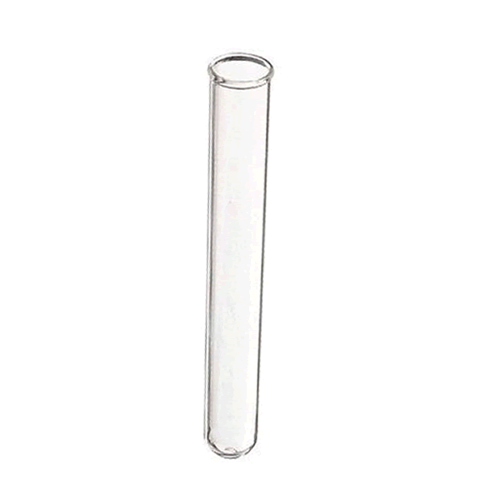
Test tubes come in various sizes and shapes, including plastic tubes used in medical labs. But in most cases what you will see are the above kind of test tube which is most widely used. You may also get to see sample collection tubes if you’re giving blood for some pathological examination.
3. Beakers:
Beakers are another cylindrical utensil made up of glass, with a flat bottom and an upper opening, which may or may not have a spout. They are of varying sizes and are used to hold, heat, or mix substances with the proper measure. Beakers come in every size from tiny 20 ml cups to liter-sized buckets, and everything in between – but 250-500 ml beakers are most common.
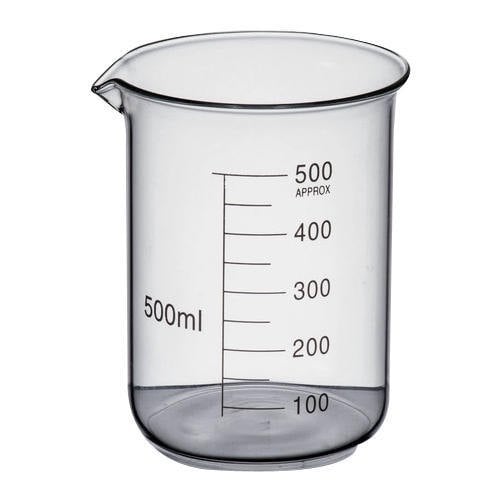
Beakers are very much favored in labs because of their ease of use. With the flat bottom and straight sides, they are very stable on most surfaces and best for boiling stuff safely; and with the large opening, you can pour things in or out of it, or stir the contents. However, that large opening also makes it unsuitable for storage purposes – use flasks for that.
4. Magnifying glass:
A magnifying glass is one of the first introduced lab equipment among the students. As the name suggests, it is used to view enlarged or magnified images of objects or read the small calibrations marked on many equipments. It has a convex lens for object enlargement and usually has a wooden handle to hold it.
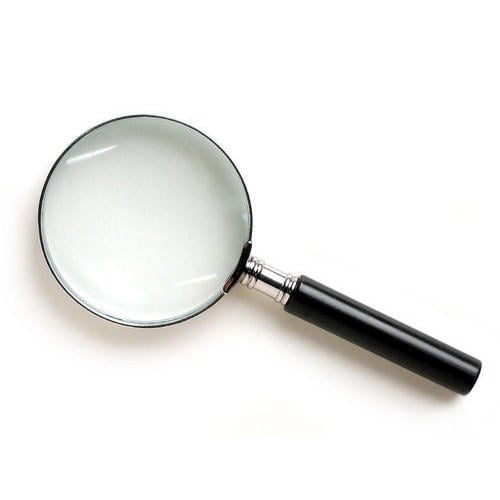
A magnifying glass works with the principle of virtual image creation due to the refraction of light. The centerpiece of a magnifying glass is a convex lens (a round slab of glass fat in the center and progressively slender towards the edges). When light passes through it, a larger-than-life image of the objective is created behind it, which we see from the other side of the glass. The wooden or plastic handle, attached to the lens with a metal or plastic rim, helps you to hold the magnifying glass steadily.
5. Volumetric flask:
This is one of the most important equipments of any lab, which is made up of glass and is calibrated to hold a precise volume of liquids at any precise temperature. Different sizes of volumetric flasks are available, each calibrated for the exact measurement of liquids and solutions. In chemistry labs, it is mostly used in the preparation of standard solutions.
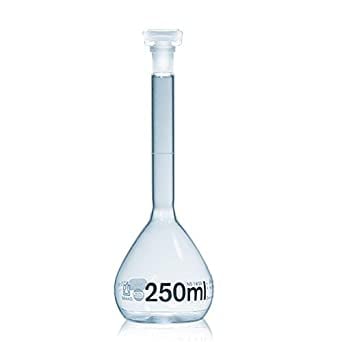
A volumetric flask has a large bulbous body on the bottom, which may have a flattened or round bottom. the body has a long narrow neck, good for plugging a stopper. Sometimes they will be graduated, meaning there will be volume scales printed on the side so that you can measure how much liquid is in the flask. They are generally made of borosilicate glass, or hardened glass if you need to heat the contents to a higher temperature. You can also use volumetric flasks to store some liquid you made for a long time.
6. Bunsen burner:
This apparatus produces a single open flame and it is used for heating and sterilization purposes in the various experiments conducted in labs. A laboratory often needs a lot of things heated or boiled, and a bunsen burner was tailor-made for this purpose. It runs on standard LPG fuel and can reach a fairly respectable temperature, unlike a spirit lamp.
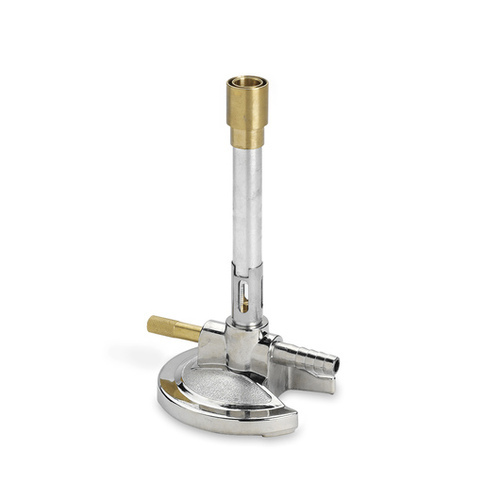
The bunsen burner produces a single clean, steady, sootless flame of high temperature, and that’s why it is so well-favored in laboratories. It is relatively safe to use when used with caution. Most burners are connected by gas hoses to a single distribution point on a lab workbench , which includes internal plumbing for the gas distribution network.
7. Dropper
The dropper, also known as Pasteur pipette, is a common small apparatus, usually made up of plastic or glass cylinder, having a small nozzle on one side and a rubber holder on the other. It is used to put the liquids or solutions in any medium dropwise, that is, one drop at a time, a piece of necessary equipment when any reagent is required in an extremely small amount in a solution.
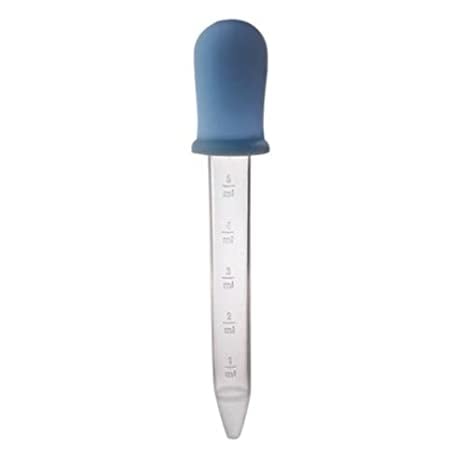
Pipettes are the big brothers of droppers and you can take up larger amounts of liquids in them. Both pipettes and droppers have special cleaning procedures, and you will need a bit of training before you can properly use them in a laboratory safely.
8. Thermometer:
Every lab is equipped with a basic thermometer as many times, certain chemical or biological reactions can be carried out in any particular temperature range only and so to proceed, the thermometer becomes very necessary to measure the temperature of the required solution before moving forward with further reaction procedure.
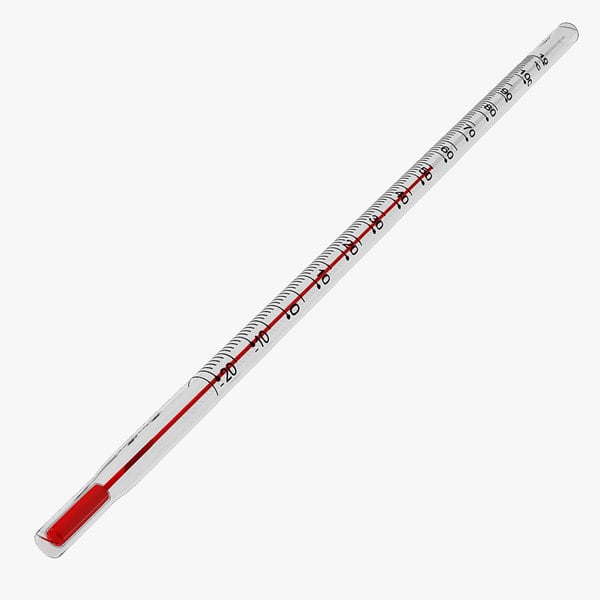
The thermometers that we generally use in laboratories are analog types, though there are digital versions out there as well. It is a pencil-thin tube of clear glass with graduated temperature readings with a hairline bore through its middle through which the indicator liquid rises.
9. Tongs:
Tongs, though not much in use, are common and basic apparatus in any lab. They are used to grasp and lift hot vessels and harmful substances during any kind of reaction taking place in the lab. Many fingers have burned due to careless handling of hot or dangerous substances in labs. Therefore, make it a habit to handle things with tongs unless you are absolutely sure otherwise.
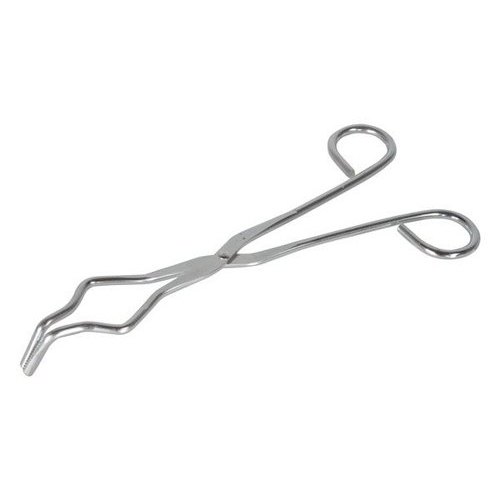
Strictly speaking, tongs are not exactly lab safety apparatus, but they indeed save you from a lot of harm. There are two kinds of tongs used in labs – larger ones with a hinge, and small tweezers. Both are coated with non-reactive material so that they can resist corrosion up to a certain extent.
10. Brushes:
Not many people know it, but cleaning things are one of the biggest portions of everyday lab life. Keeping glassware and apparatus clean is the first step to achieving precision and perfection. Brushes serve as the cleansing apparatus of the test tubes, as they are the only things that can get fit into the narrow-mouthed test tubes and other cylindrical and narrow objects.
Though brushes are cleaning apparatus, still clean them after your cleaning spree! Otherwise, next time you try to clean something with the same brush it will get dirtier instead. What’s worse, if the substances are reactive then you may be looking at a potential accident. So, clean your cleaning equipment too – it makes sense.
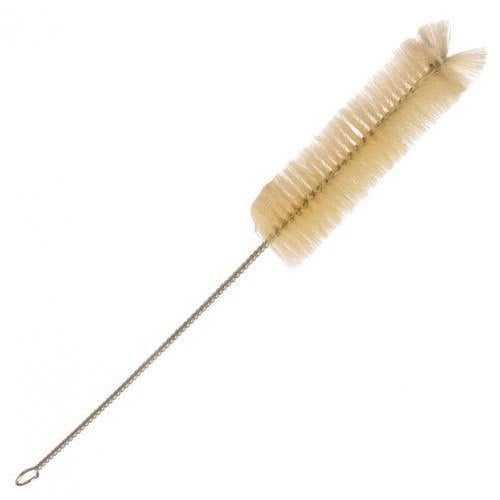
11. Weighing machines:
When we perform experiments in the laboratories, we deal with very small quantities of reagents usually in the units of micro or mini grams. With a general physical balance, it is tough to get the desired and exact amounts of the reagents and so these weighing machines come into the picture. These machines help in measuring very small units of substances in terms of weight.
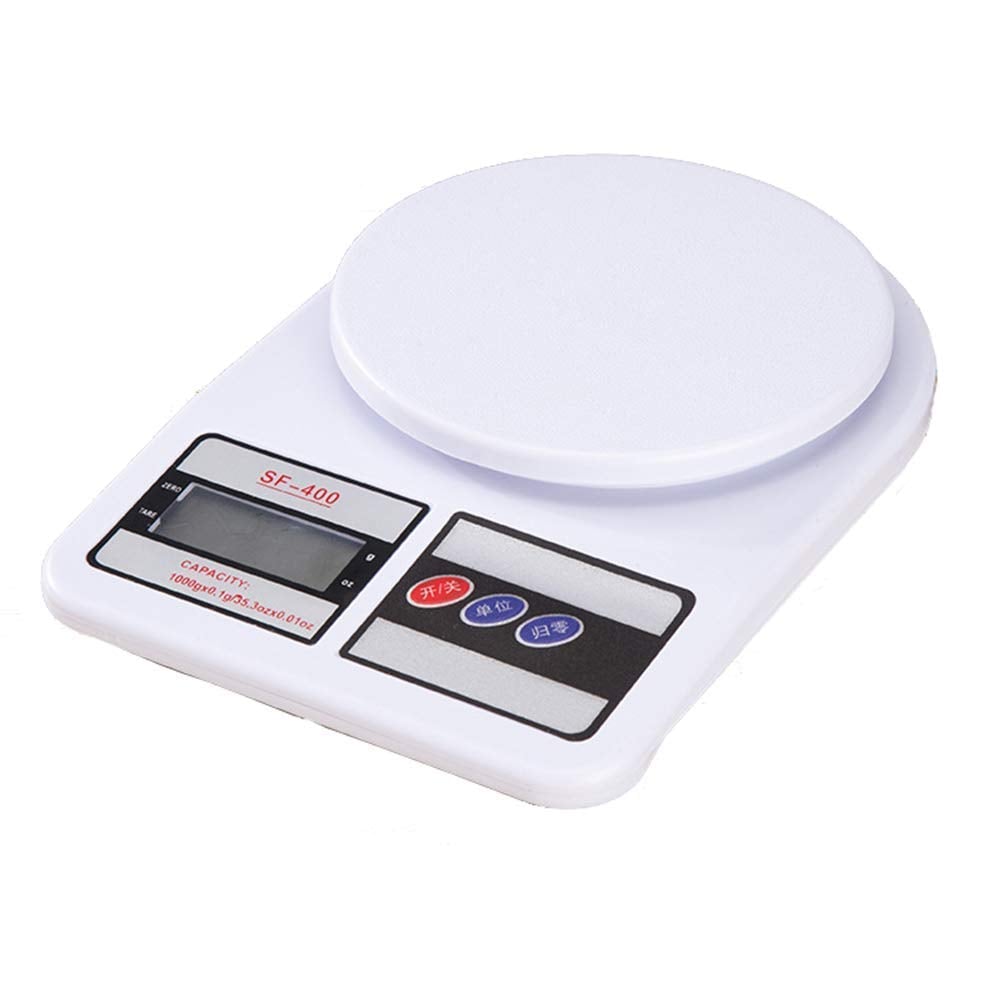
There are two kinds of lab weighing machines – precision balances and analytical balances. Precision balances are the most common and they can measure milligrams. Analytical balances are, however, so sensitive that even air currents can disturb them. This is why they have a glass box enclosure over the weighing plate. Analytical balances can measure parts of micrograms.
12. Wash bottles:
The wash bottles are laboratory consumables used for cleansing and sterilization purposes. These bottles are made up of plastic, which serves as a squeezy container with a long nozzle. They mostly contain distilled water, ethanol or deionized water.
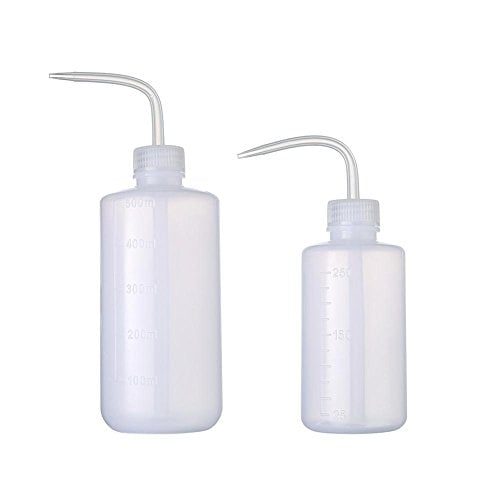
13. Spatula:
These laboratory spatulas are very much similar to the kitchen like spatulas found in our home but they are just very smaller in size in comparison. The spatulas are usually resistant to heat and acids, hence making them suitable for large range use in the laboratory experiments.
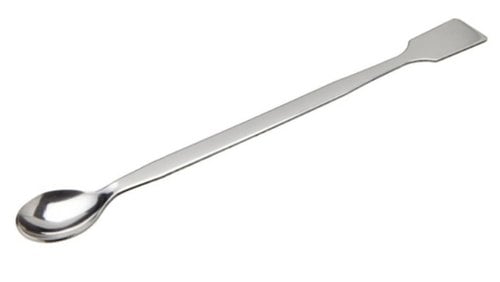
14. Spring balance:
Spring balance also referred to as Newton meter, is another instrument helpful in measuring the weight of an object. This apparatus consists of a spring and a hook and it works on the principle of Hooke’s law, according to which, the force applied to an object is directly proportional to the extension, provided that the elastic limit is not reached.
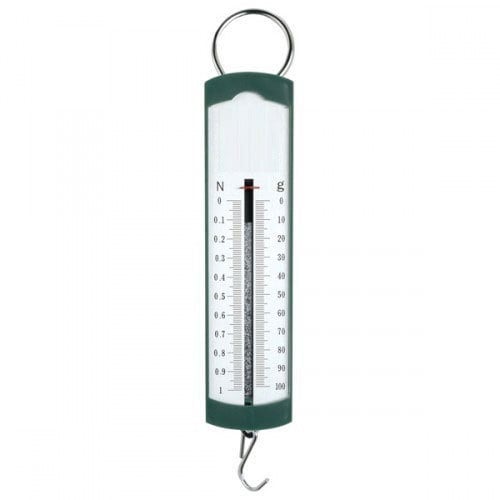
15. Burette:
Its mostly used in the titration reactions, and is handful in delivering a known volume of any substance to other equipment. This apparatus is a long-graduated tube, with a stopcock present at the lower end. It usually comes in the sizes of 10ml, 25ml or 50ml.
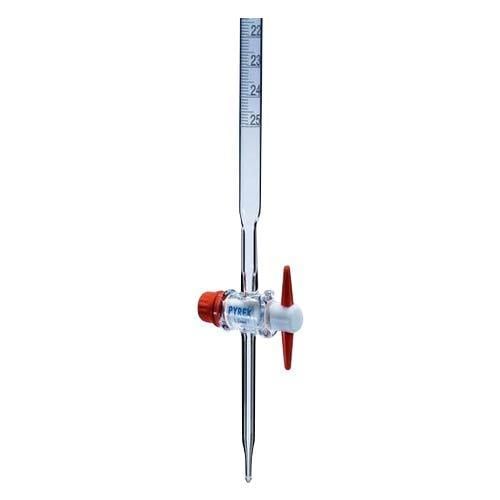
16. Watch glass:
This apparatus is more commonly found in chemistry laboratories and is made up of a concave piece of glass. It is normally used to hold solids, evaporate liquids, and heat small quantities of different substances as per the need of the experiment.
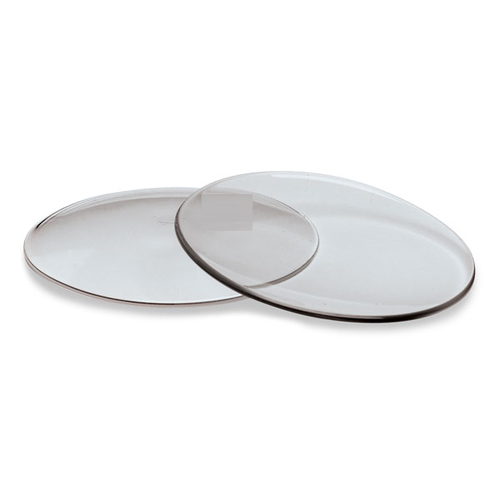
17. Funnels:
Funnels are necessary equipment to pour substances and solutions in narrow-mouthed test tubes and conical flasks. There is variety of its available, most common ones are filter, thistle, and dropping funnels.
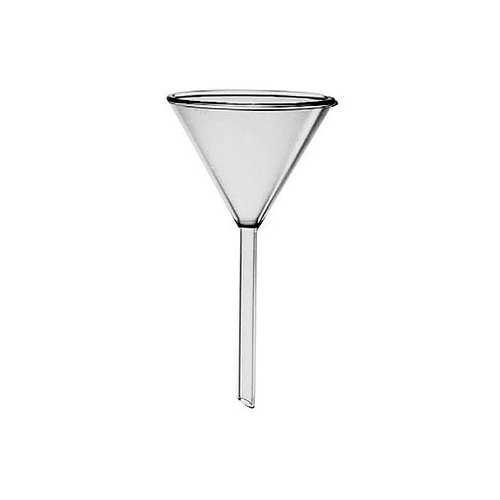
18. Ammeter:
Ammeter is important lab apparatus used to measure the amount of current flowing; very popular equipment presents in physics labs. It is also very handful during electrolysis reactions.
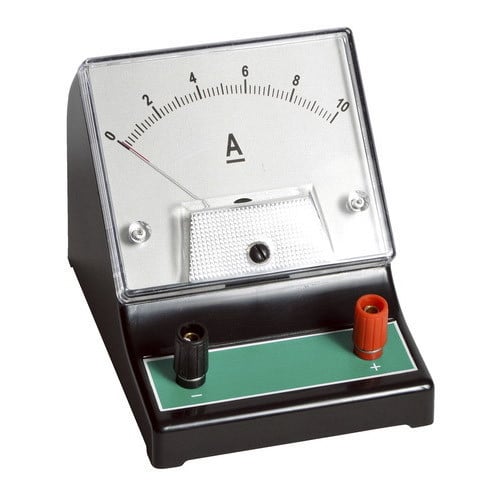
19. Crucible:
Crucibles are made up of porcelain and are used to store and heat substances when required to be heated at high temperatures since glassware are not always suitable for such high heat involving experiments.
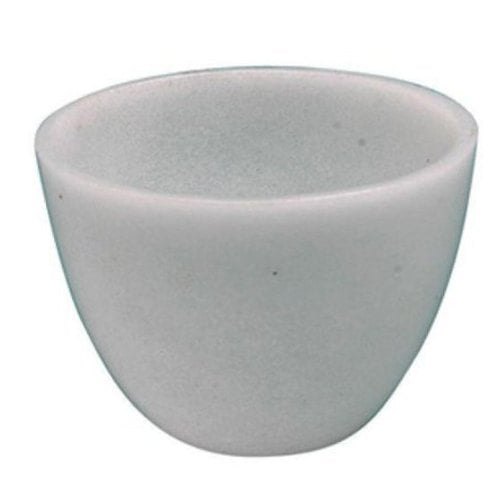
20. Litmus and filter papers:
These two cannot be called apparatus in a proper way, but they serve as one of the most important and basic things that will be required in any kind of laboratories. The litmus paper serves to identify the pH of any solution by changing colors whereas, the filter paper serves in the filtration process.
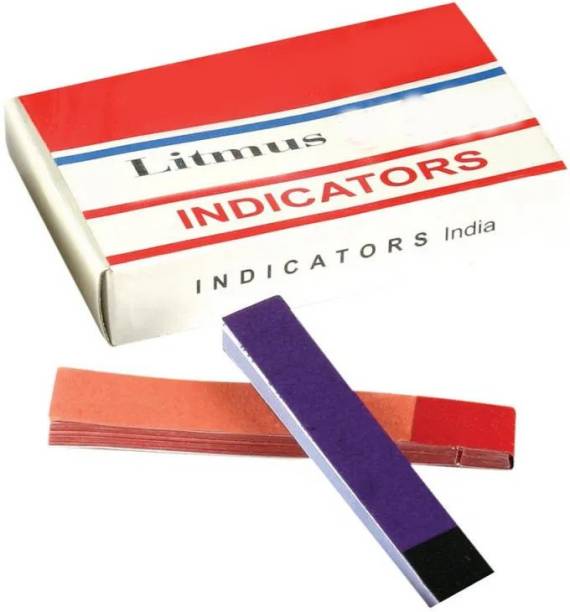
Overall, we can call them the basic or common laboratory apparatus we use in a school physics, chemistry, biology, and composite lab and it varies more or less depending on the type of laboratory a person is working in.
You may also check out our blog on the list of physics equipment and its uses HERE .
We are a School laboratory furniture and Lab equipment manufacturer and supplier. In laboratory furniture for school, we first design the entire laboratory room keeping in mind the requirements as per affiliation CBSE Bye-Laws. Also, we take care of the complete designing and installation of laboratory furniture.
In the lab equipment section, we have a wide range of glassware, chemicals, equipment and other lab accessories. Most of them are available for order online on our website but some of them can be procured on demand.
If you have need:-
- laboratory equipment or lab furniture requirements for school
- composite lab equipment list for school
- Physics lab equipment list for school
- Chemistry lab equipment list for
- Biology lab equipment list for school
- Pharmacy lab equipment
do drop a message through chat or mail us at [email protected] or call +919147163562 and we’ll get in touch with you.
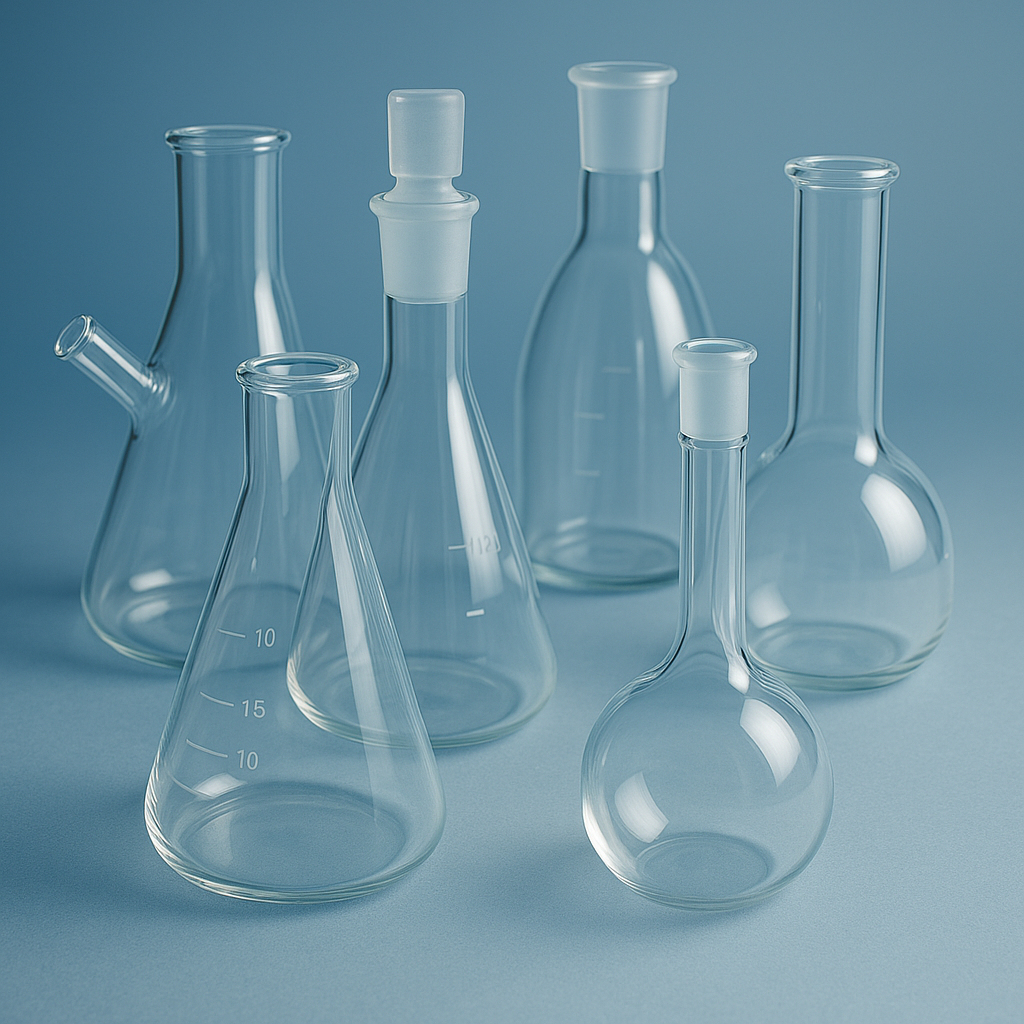
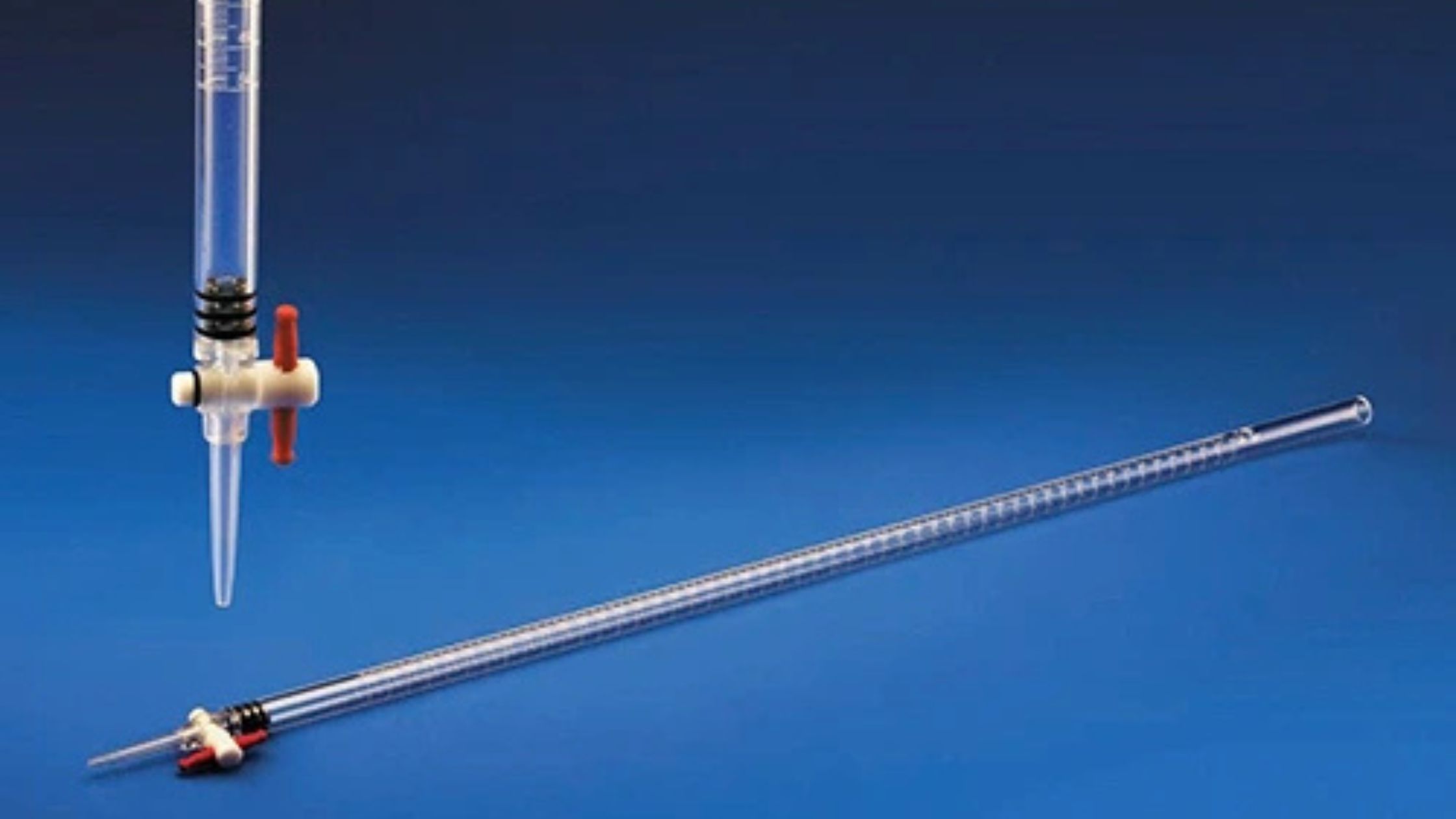
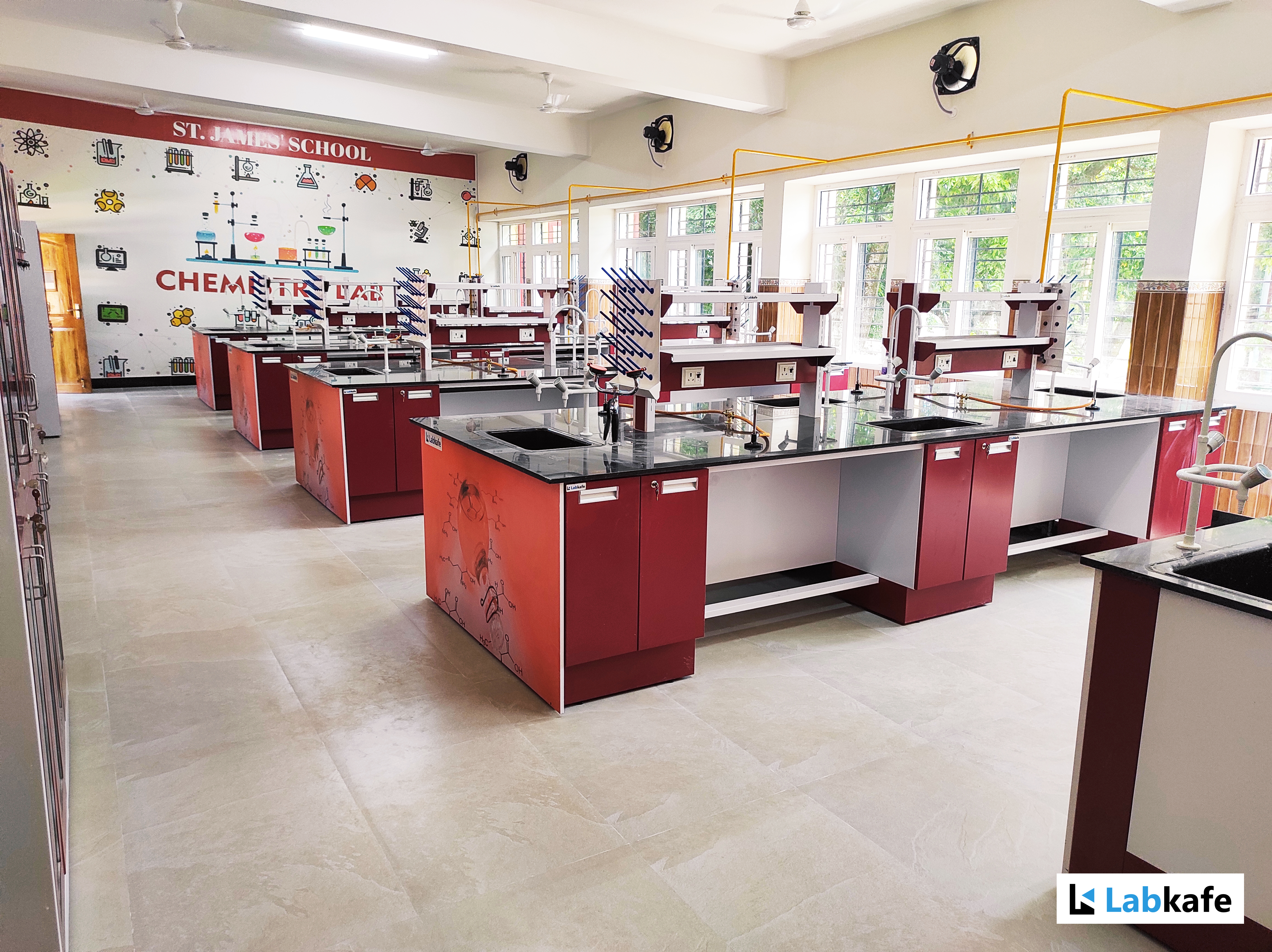
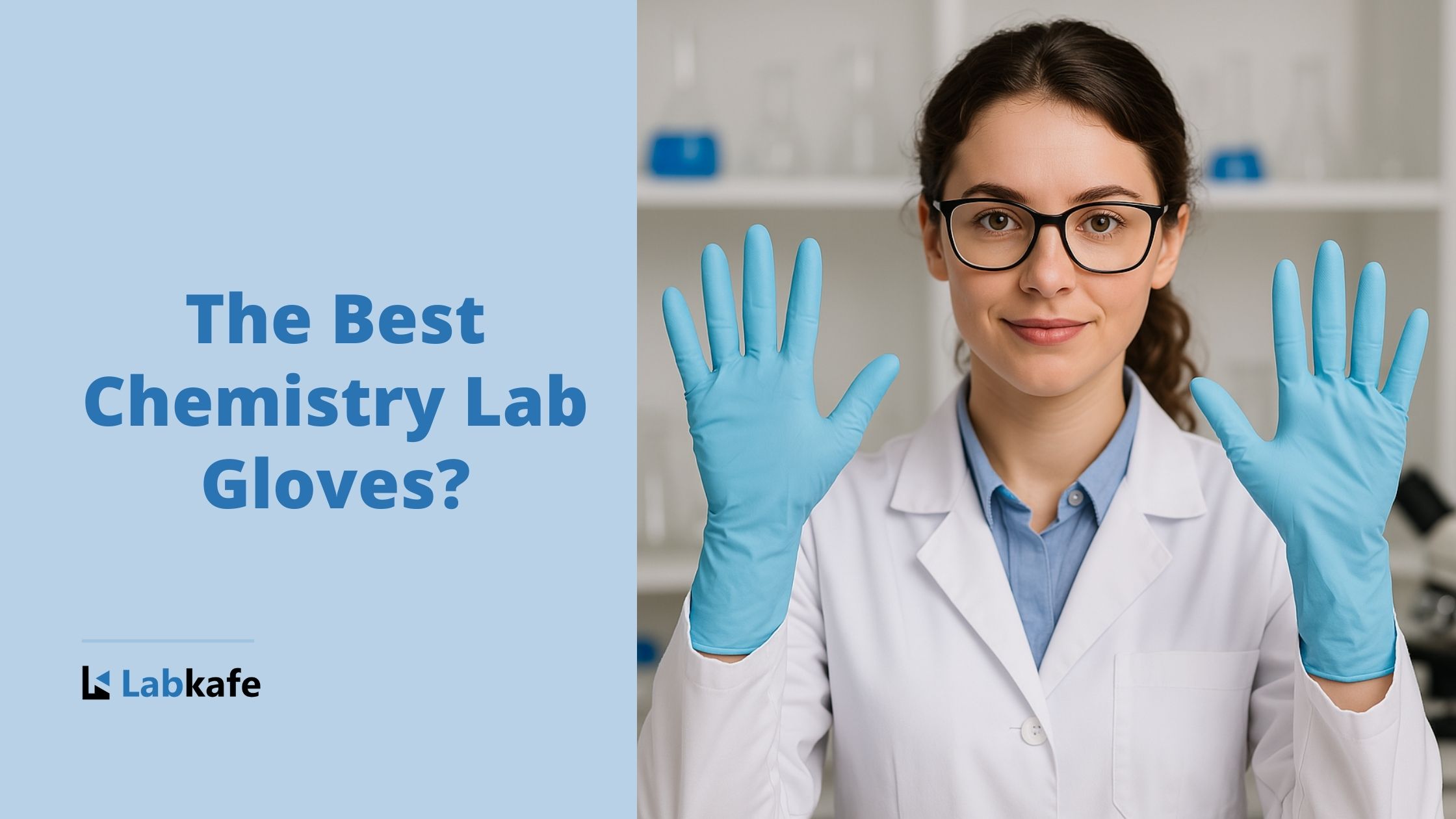
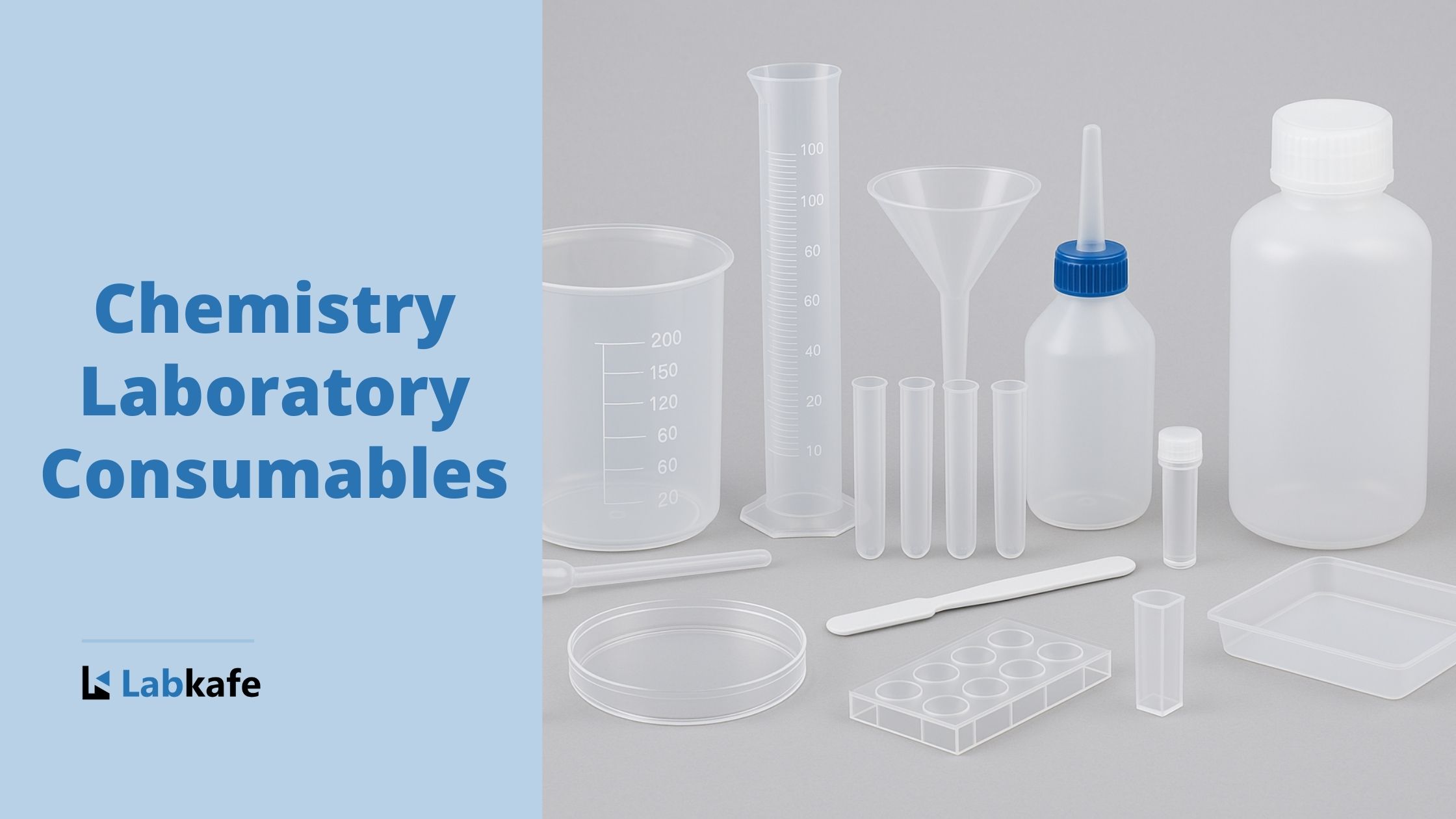
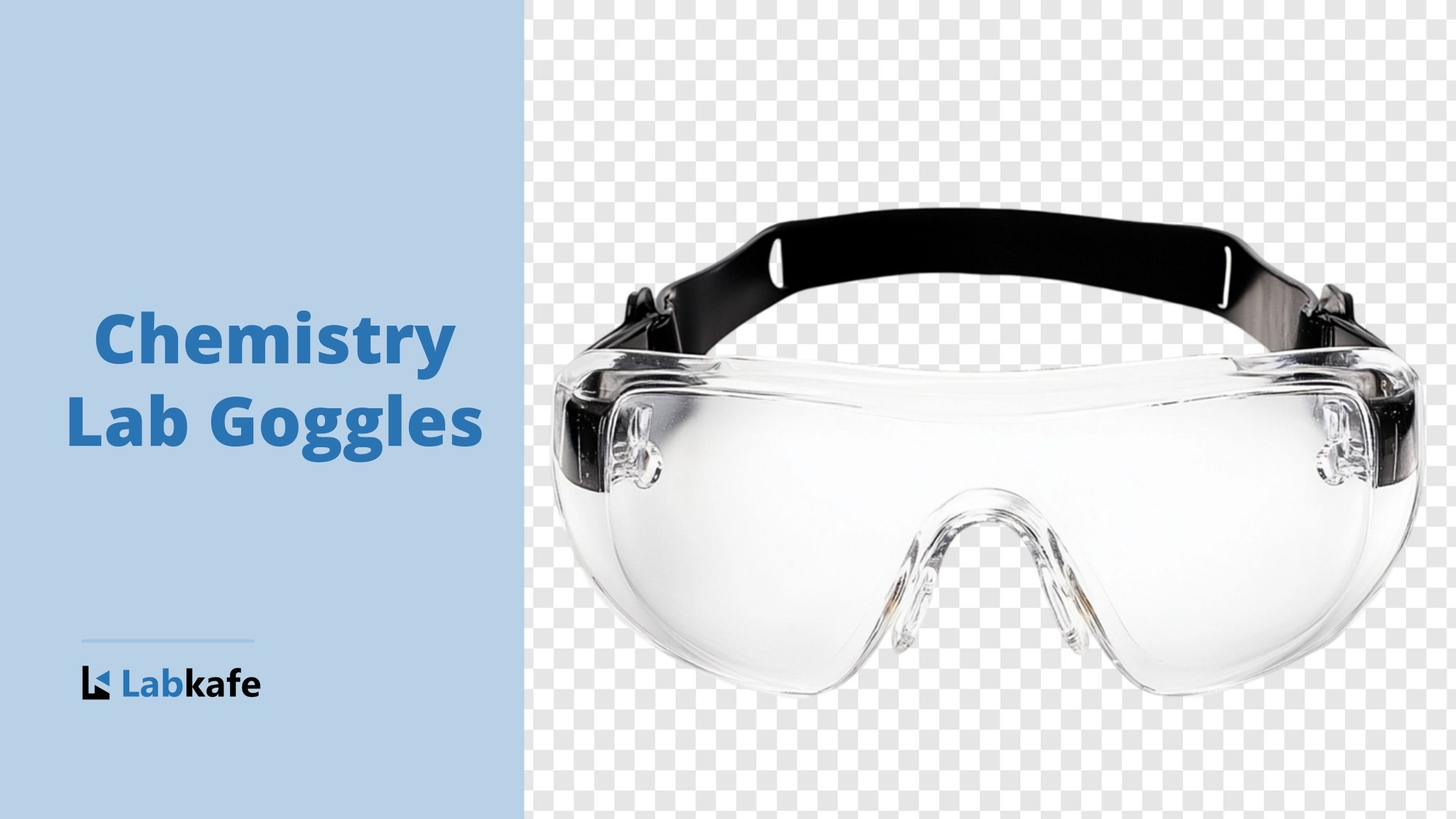
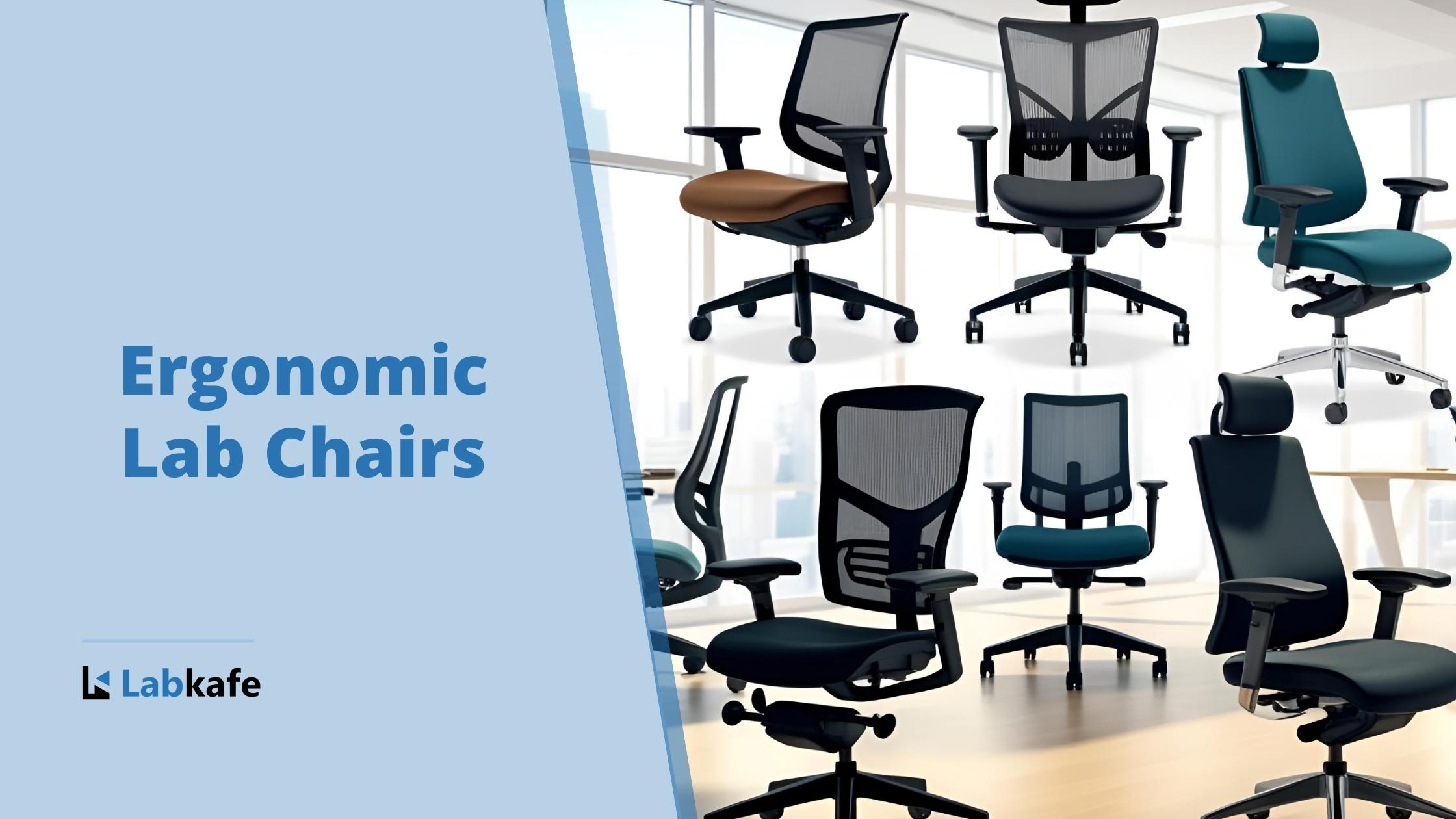
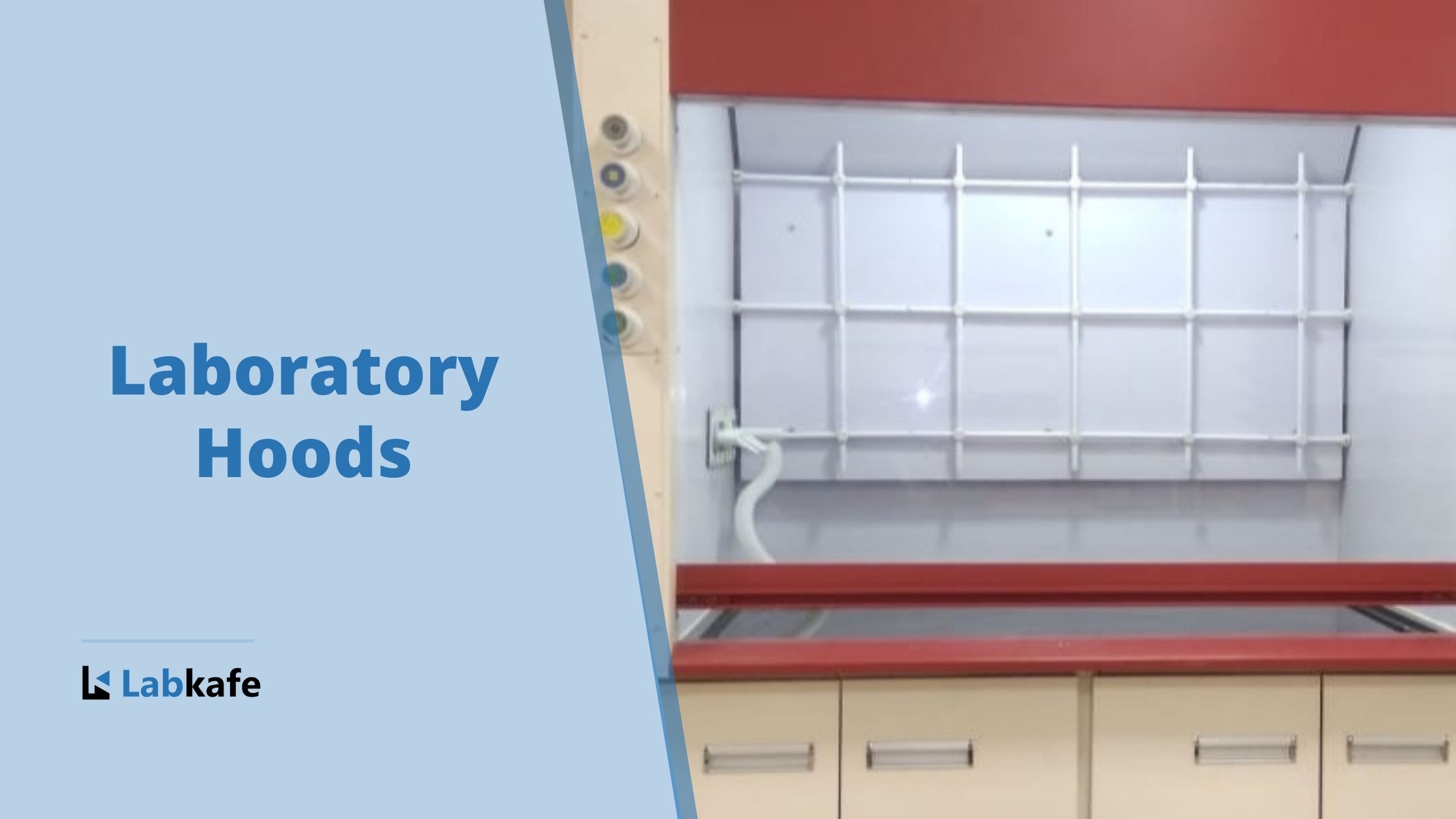
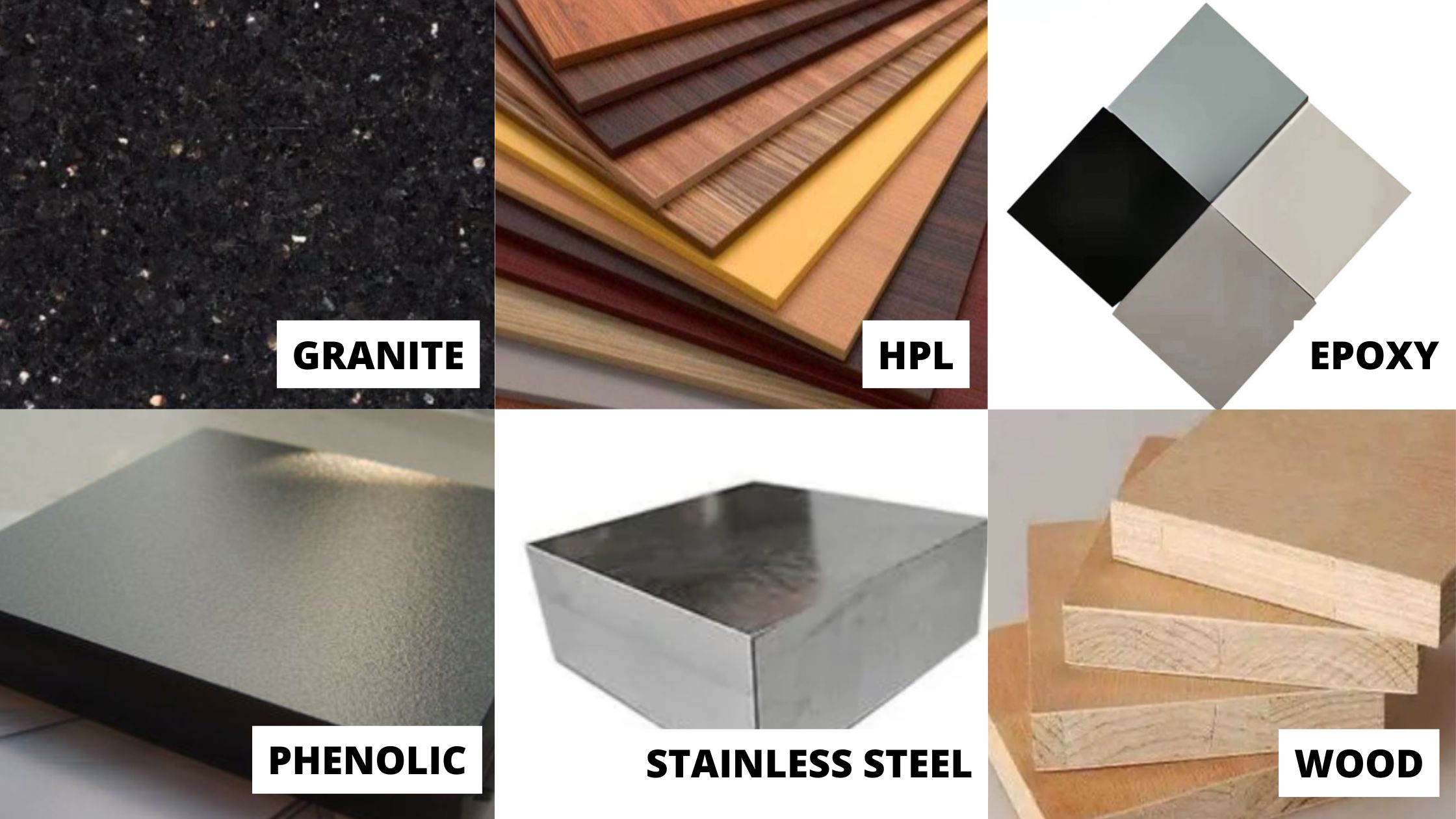
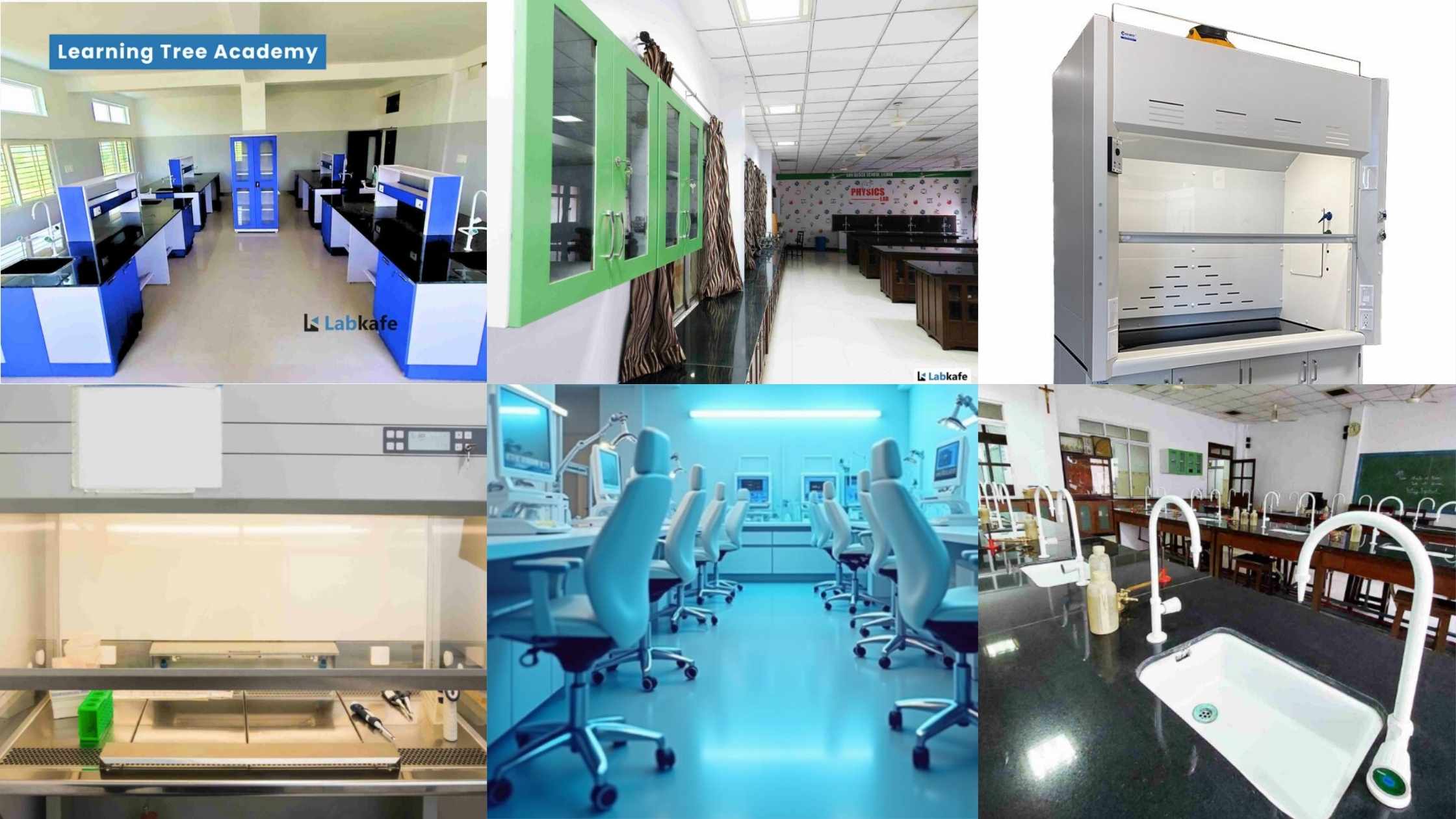
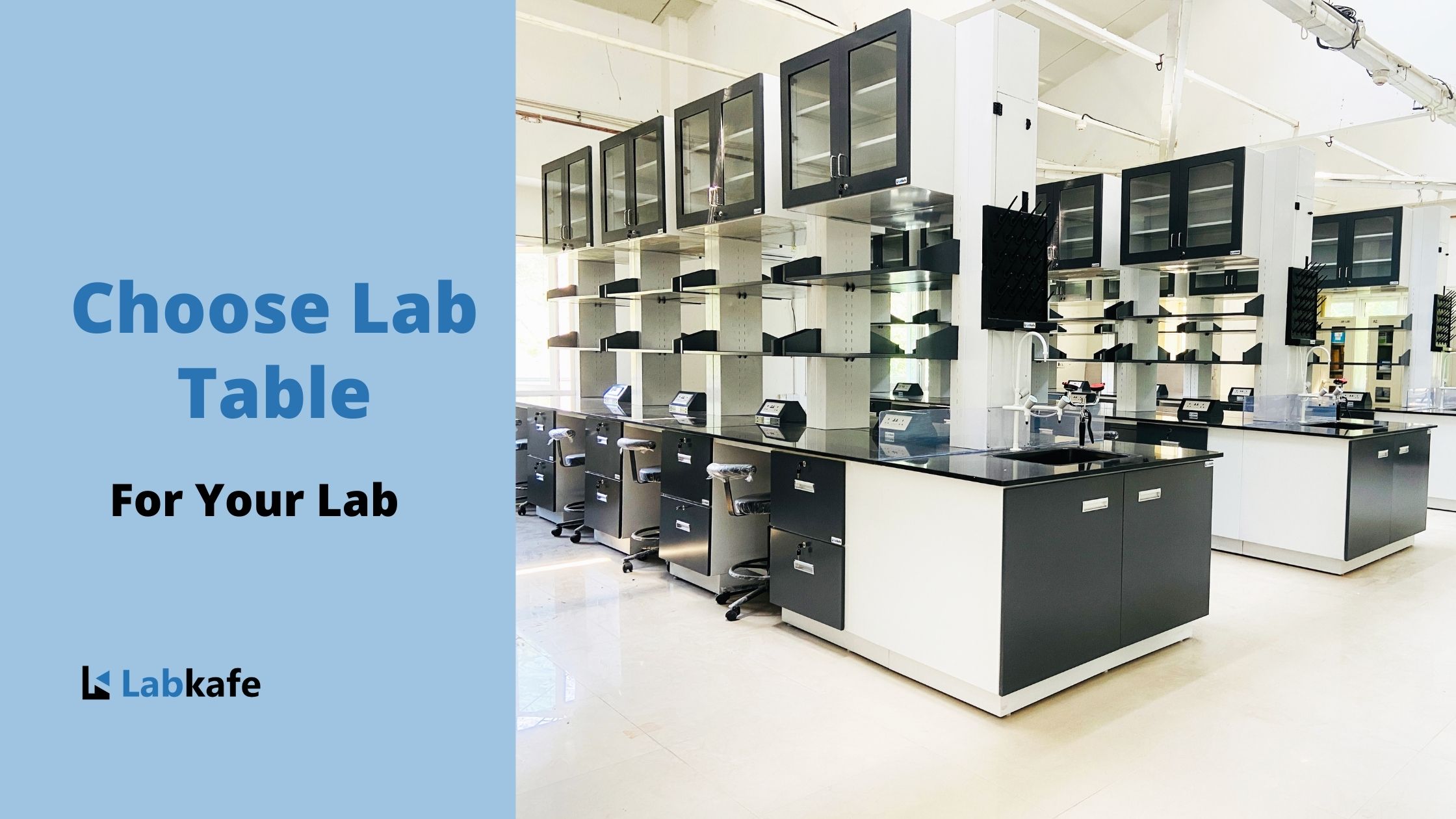
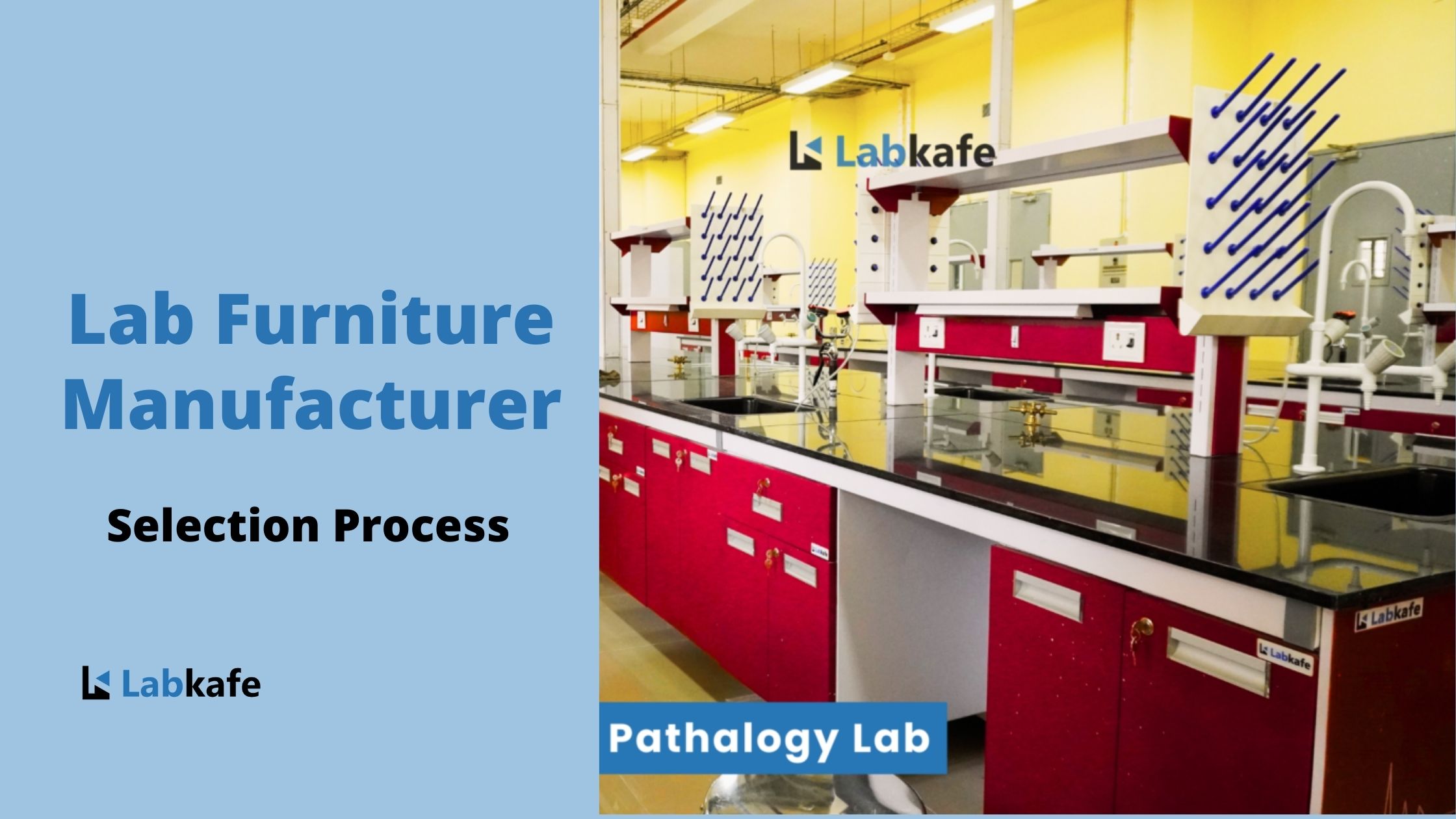
Leave a Reply